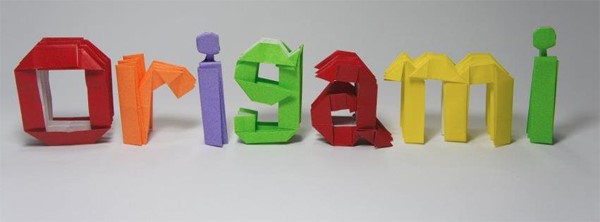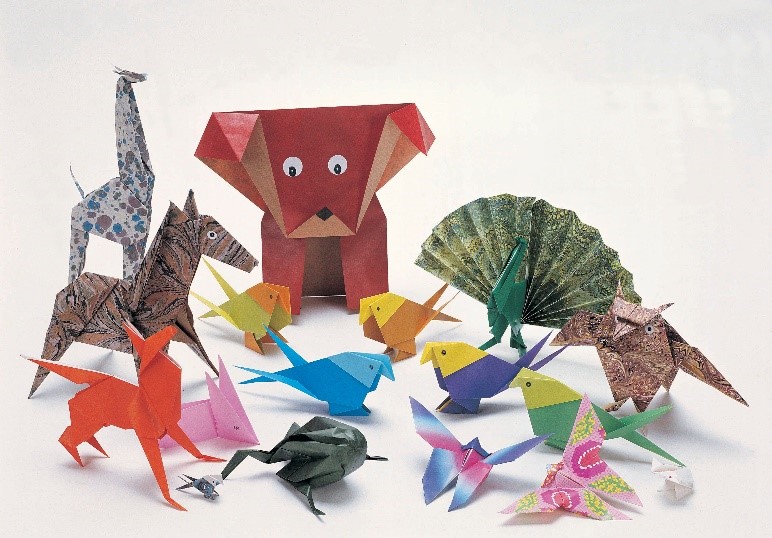Enjoy Paper Craft on the World Origami Day

Many of us would have enjoyed making papercraft in our childhood-different shapes, flowers, animals always fascinated us but has anyone ever thought about how this papercraft emerged over some time. The art of paper folding is popularly known as ‘origami’, originated in Japan. In the beginning, the art was displayed during religious ceremonies in Japan but gradually it spread in different regions and became the main ritual during ceremonies. Nowadays it has gained popularity across the globe. November 11 is recognized as World Origami Day to commemorate the birthday of Lillian Oppenheimer, the founder of the first Origami group in the US. She also established the British Origami Society.
The word Origami has been derived from two Japanese words-‘ori’ and ‘gami’ which means ‘folding paper’. This art developed after the arrival of paper in the sixth century but it had not been recognized as art until 1800. During 500 AD or later, the art of origami was used mainly for religious purposes and special occasions, later it was used for tokens, gifts, and Shinto practices (the oldest religion in Japan).

During the Heian period, the paper was very expensive so origami was not practiced by the common people, it was during the Edo period, it started being practiced by all people. Although Japan is considered to be the place of Origami origin, the paper folding craft had always been prevalent in China and European regions. Japanese origami is different from these places as sometimes it requires cutting of the paper, known as ‘Kirigami’.
Origami also emerged in East Asia as in Korean art, paper folding was prevalent in schools. It is known as ‘Jong-i-jeobgi’ in Korean culture. Some historians also believe that the art of paper folding developed from the art of folding cloth (folding napkins, cloths, etc.), so it may have been originated in Europe instead of Asia.
Types of Origami
Stationary Origami
It is the most popular origami type as lots of flat origami can be used as stationery, gift cards, tags, notes. Bookmarks etc. One can make as much stationary origami as he imagines. The origami stationary models can be used as the base and then other models can be used to decorate them.
Action Origami
The origami models are not only Origami models that are designed to move, come in Action origami.

Modular or Unit origami
Modular origami involves fixing different sized pieces together to complete a model. The creation of individual pieces may be simple but assembling these pieces may be quite complex.
Wet-Folding Origami
Some models may require curves to form a certain model, in this technique, models are made with gentle curves by dampening the paper and by using an adhesive. It makes modeling easier.
Origami Tessellations
Origami tessellation is created by arranging shapes side by side to create a pattern. They are not made by separate pieces but a single sheet is folded in such a manner that it creates tessellated patterns. Some leading origamists are- Akira Yoshizawa, Ligia Montoya, Humiaki Huzita, Kunihiko Kasahara, Toshikazu Kawasaki, Eric joisel, and many more.